

Developed by Mg. Evelyn Aguilera Arce2
2 Veritart Director. See full CV pp. 7-8.
Documentary analysis on the signature of the synthetic collage. This opinion is issued under a promise to speak the truth, acting with the greatest possible objectivity, taking into account both what it may favor and what is likely to cause harm to any of the parties, knowing the penal sanctions that can be incurred In case of breach of duty as Expert.
Determine if the signature stamped on a collage attributed to Pablo Ruiz Picasso; actually corresponds to its authorship.
I get a synthetic collage made inside a case for two violins. Inside the case, in the right wing of the collage, appears in its lower left area, a rubric stamped with the name of Picasso. The signature of this artistic work will be used as the dubbed material, since the process begins with the reasonable doubt of falsification, however, towards the end of the analytical process, if there are identity arguments that ensure authenticity, through the methodologies used, the Signature that at first is considered dubitable, will happen to be considered authentic material.
The aforementioned signature will be denominated in this act like "Dubitable signature" (DS).
Below is an image of the work and signature in small size.

Above: synthetic collage object under study. Down: dubitable signature
I get 1 indubitable signature of the artist Pablo Ruiz Picasso, stamped in 1901, belonging to the painting called Woman with blue hat. Work of pastel on cardboard, with measures 60.8 x 49.8 cm of the Gallery Rosengart, Lucerne. The firm in study is located in the bottom right area of the picture.
The signature will be classified as indubitable signature 1.Below is an image of the work and the signature in small size, maintaining the real proportions.
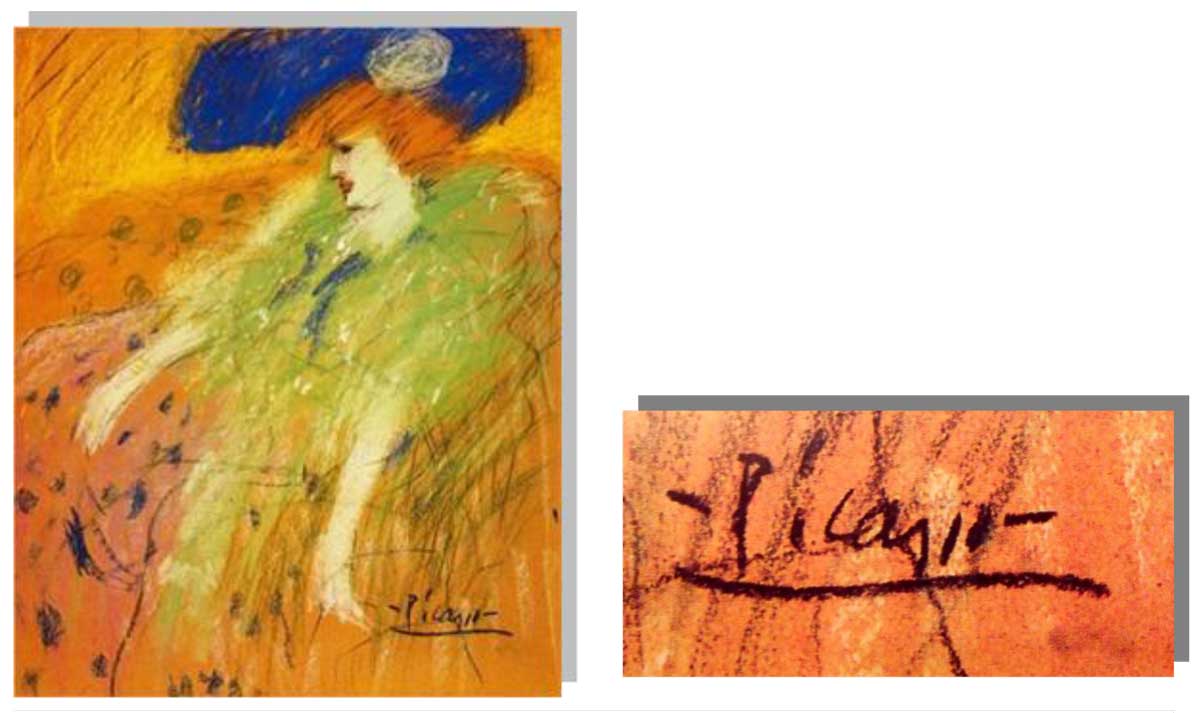
Image 2.2. Left: Woman with a hat (1901). Right: detail of the indubitable signature1
I get 1 indubitable signature from the artist Pablo Ruiz Picasso, stamped in 1904, belonging to a painting called The woman and the crow. Work of pastel and watercolor on paper, measures 64,6 x 49,5 cm of the Museum of Art of Toledo.
The signature under study is in the lower right zone of the painting.
The signature of this artistic work will be used as indubitable signature 2.
Below is an image of the work and the signature in small size, maintaining the real proportions.
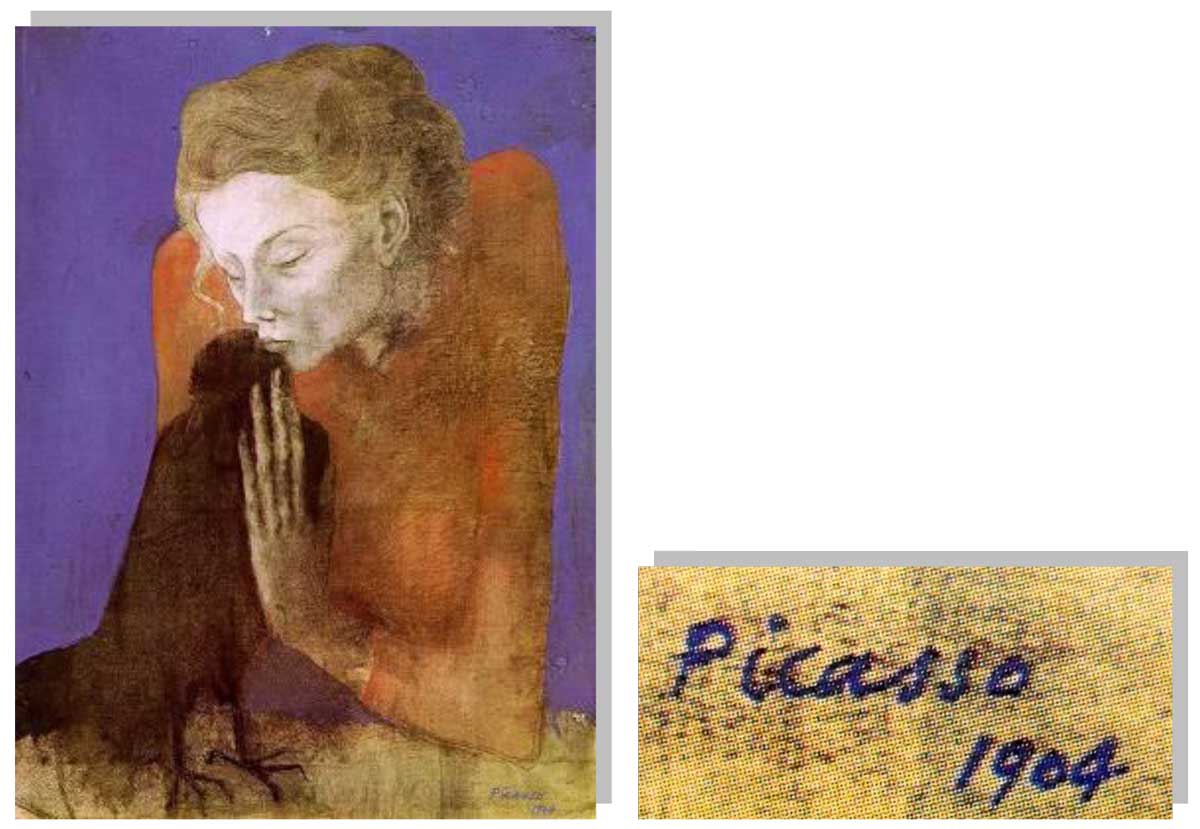
Imagen 2.3. Left: The woman and the crow (1904). Right: detail of the indubitable signature 2
I get 1 indubitable signature from the artist Pablo Ruiz Picasso, stamped 1906, belonging to the painting called Self-portrait with palette. Oil on canvas, 92 x 73 cm. Art Museum of Philadelphia, A.E. Gallatin Collection.
The signature under study is located in the lower left zone of the work. The signature of this artistic work will be used as indubitable signature 3.
Below is an image of the work and the signature in small size, maintaining the real proportions.
The signature has been accentuated in terms of qualities of contrast and light, in order to achieve a greater definition.
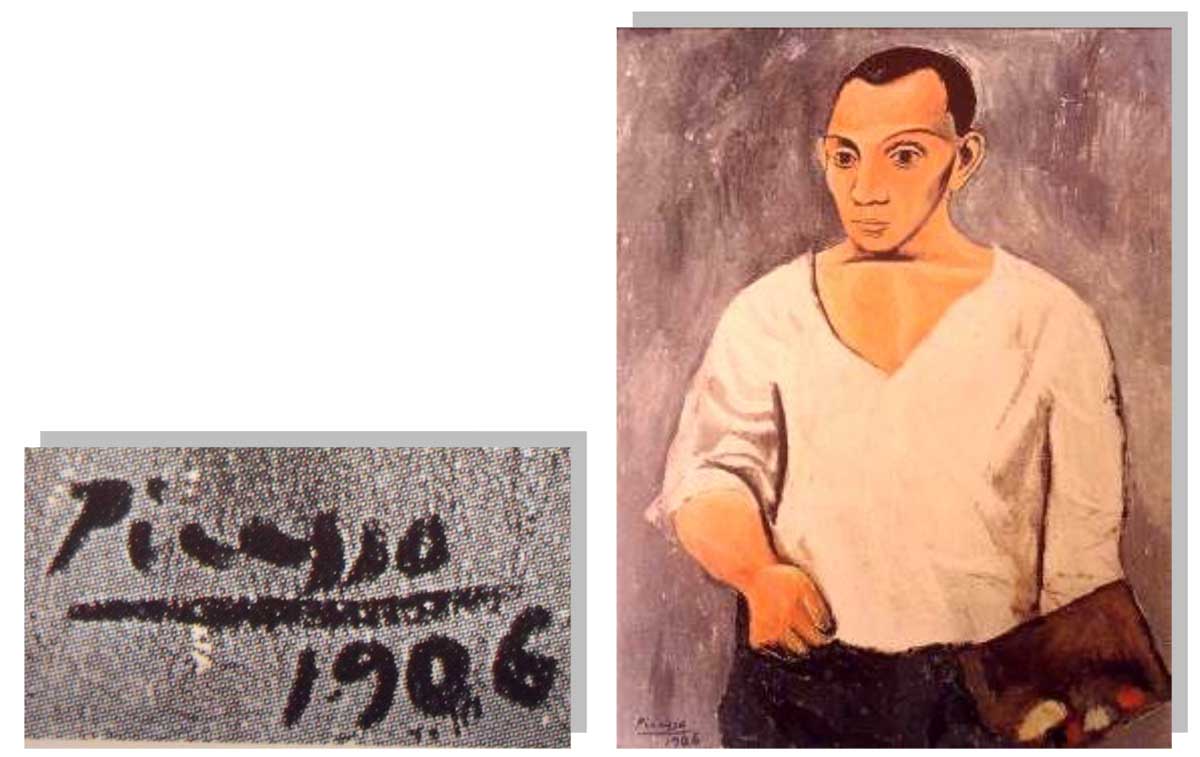
Image 2.4. Left: detail of indubitable signature 3. Right: Self portrait with palette (1906)
I get an indubitable signature from the artist Pablo Ruiz Picasso, stamped 1941, belonging to a painting called Woman sitting on a chair. Oil on canvas, 29,54 cm x 96,52 cm. Currier Art Museum, Manchester.
The signature under study is located in the upper left side of the work.
The signature of this artistic work will be used as indubitable signature 4.
Below is an image of the work and the signature in small size, maintaining the real proportions. The signature has been accentuated in terms of qualities of contrast and light, in order to achieve a greater definition.
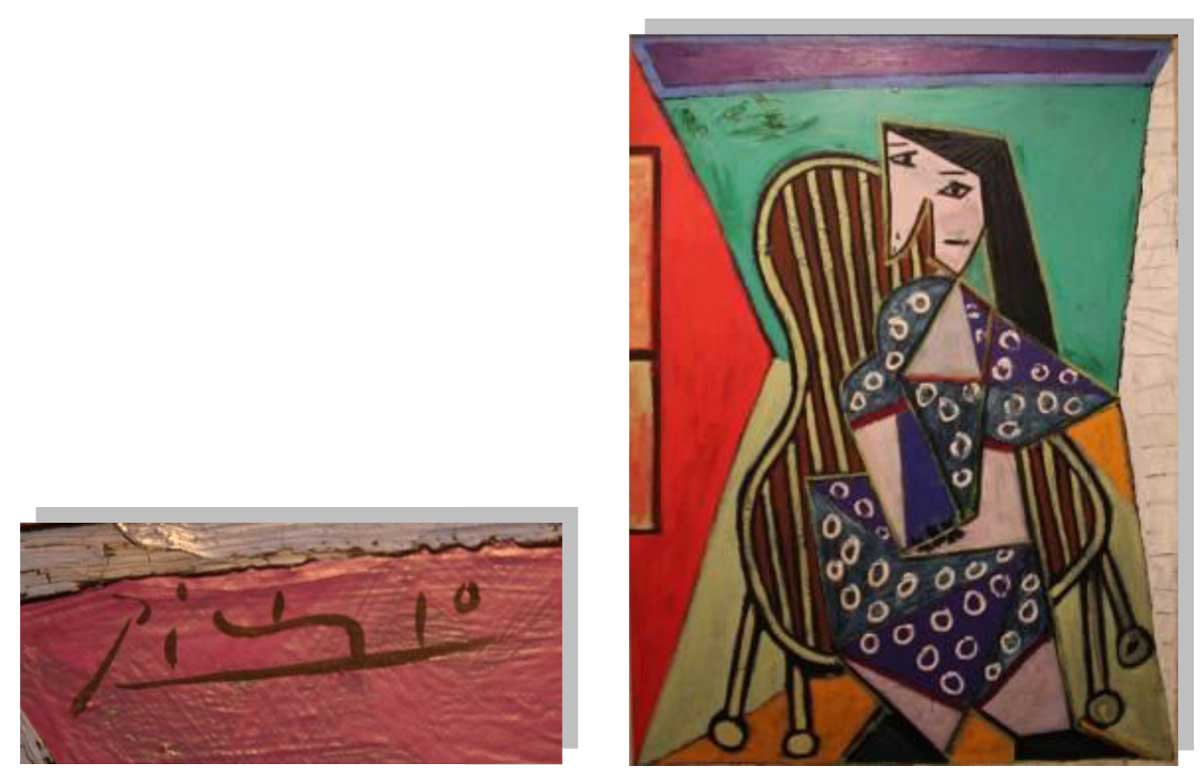
Image 2.5. Left: detail of the indubitable signature 4. Right: Woman sitting on a chair (1941)
I get an indubitable signature from the artist Pablo Ruiz Picasso, stamped 1968, belonging to a painting called Standing female nude and man with pipe; original title: Femme nue debout et homme à la pipe. Oil on canvas, 162 cm x 130 cm. Rosengart Gallery, Lucerne.
The signature under study is located in the upper right side of the work.
The signature of this artistic work will be used as indubitable signature 5.
Below is an image of the work and the signature in small size, maintaining the real proportions. The signature has been accentuated in terms of qualities of contrast and light, in order to achieve a greater definition.
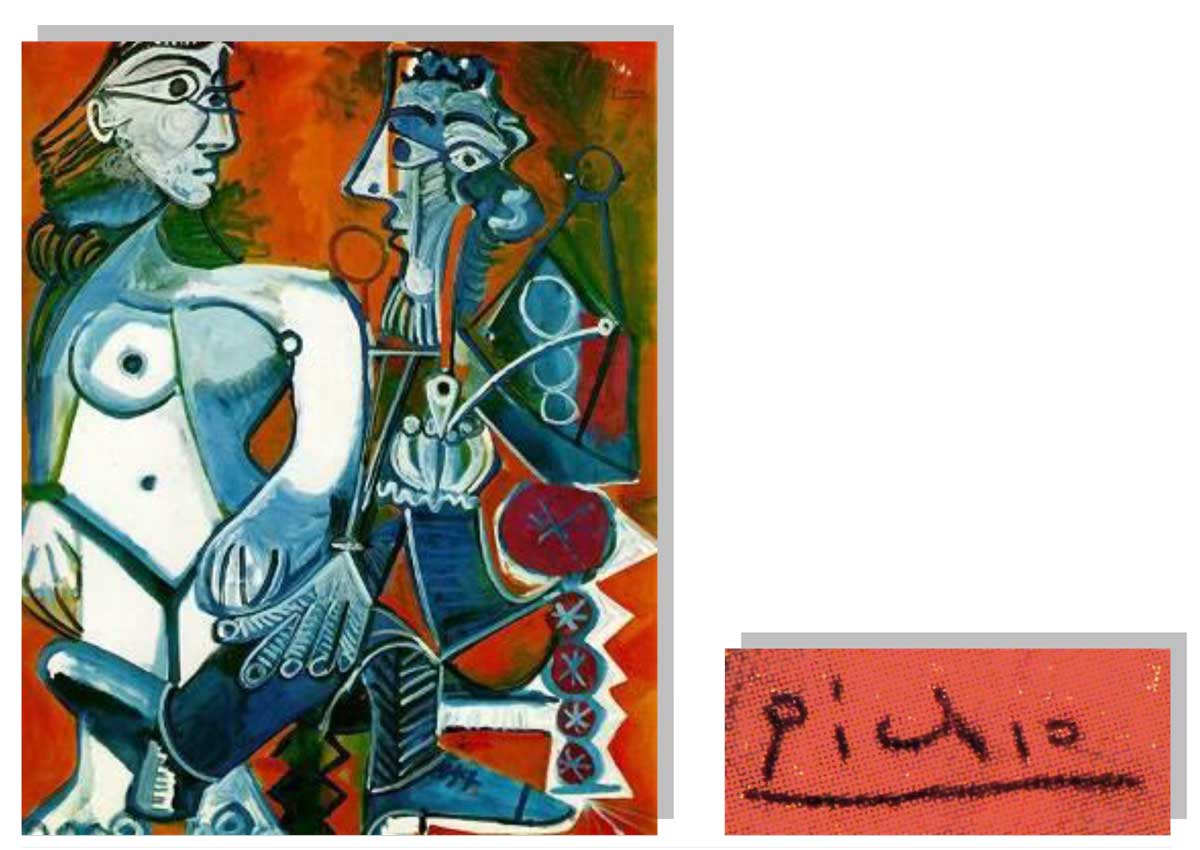
Image 2.6. Left: Standing female nude and man with pipe (1968). Right: detail of indubitable signature 5
All documents have the following characteristics:
Qualitatively the material is sufficient to emanate a conclusion of certainty or technical presumption founded, because the variations of graphic impulses, brushstrokes and differentiated colors of pigments can be observed and best served with the design program Adobe Photoshop Elements 7.0 And by magnifiers with light and built-in millimeter scale.
Quantitatively, they are sufficient, since the number of rubrics to be analyzed is adequate to establish the comparison.
The graphic gesture depends directly on the brain. The psyche is modified by the soma and vice versa, giving rise to infinite varieties, writing being a neuromotor process independent of the organ and language in which it is written.
Writing, although it is a conscious volitional act, to be automated implies a predominance of the unconscious, which explains the persistence and fixation of the graphic peculiarities3. It is impossible that in a writing do not appear personal traits.
Graphic signs, the more imperceptible they are, have more value because of the individuality and scriptural spontaneity implicit in them, escaping of the attempts of falsification and dissimulation.
3 Aguilera, E. (2011). Sistema Neuroescritural, pp. 79-95. Inie Editores, Santiago de Chile.
The study of the documents was carried out taking into account the exploratory techniques advised by the documentoscopic, making use of the 30x magnification magnifying glasses with 4x, 6x and 10x magnification, linen testers with millimetre scale, Varied focuses; computer hardware and adequate photographic material for the preparation of this report. All that, taking into accounts the following graphoanalytical criteria: Direct optical observation of the original documents at a magnification of 4, 6, 10 and 30 magnifying.
We proceed to evaluate the authenticity of the signature under study by MT © methodology aimed to identify the graphic stamp the author Pablo Picasso, such that, subsequently compare it with the signature of the collage investigated.
The methodology consisted in an exhaustive comparison with an array of static graphic phenomena extracted from a universe of 350 indubitable signatures of the author Pablo Picasso, however, in this study, only 5 signatures have been declared undoubted, with the purpose of specifying the repertoire of relevant graphic phenomena, Which are the comparative reference to determine the authorship of the dubitable signature.
To the previous method is added the contrast of those morphokinetic arguments of the firm that without being of immutable character, contribute to the identity seal of the investigated author.
2.8. Identification of immutable graphic phenomena of indubitable signatures and evidence of presence or absence in the dubitable signature
Here is the first significant feature of the studied indubitable signatures. This trait corresponds to the difference between the basilar limit (lowest point) of the first letter "s", with the basic limitation of the letter "o". It is characteristic of the author Picasso that the letter "s" is situated lower than the letter "o"; however, there are some signatures in which the height of the basic constraints of the letter "s" and "o" coincides, therefore, there is an oscillatory spectrum at the heights of the boundary. This evidence is possible to notice, limiting the signature according to the referent of universal horizontality, independent of the direction that the signature has (whether downward, horizontal or upward). It is particularly blunt, since it even appears in firms that have more than 60 years of accounting difference. From the above, it is possible to say that this trait is significant in the layout morphology of Pablo Picasso.
Below, the first graphical phenomenon will be exemplified in the 5 undisputed signatures that have been included in order in the present report, from pages 15 to 19. This phenomenon will be later contrasted with the dubbed signature, such that the degree of similarity.
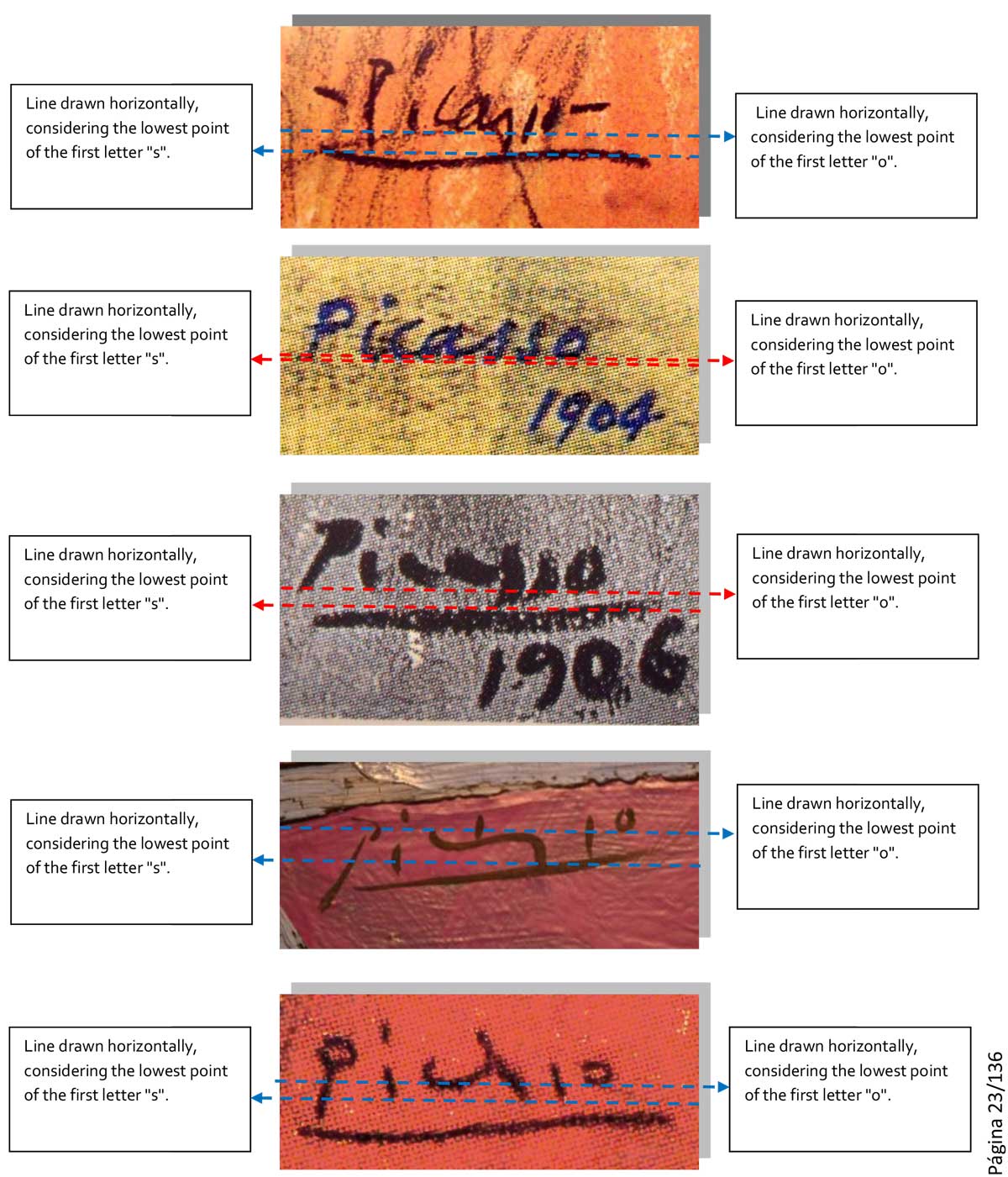
Image 2.7. Graphic phenomenon 1 in indubitable signatures

Image 2.8 Graphic phenomenon 1 in indubitable signature
In reference to the graphical phenomenon one, the studied signature presents the basic limitations of the "s" and the "o", at the same height. Although it is not the relative dimension of tracing that is most repeated in Picasso's indubitable signatures, it does appear throughout its graphic history, therefore, it is a sufficiently stable morphokinetic indicator to record it. Consequently, the signature is coincident with a proportion of Picasso's firms.
It is noted that some of the works that have signatures that have the letter "s" and the letter "o" at the same height are:
- Woman sitting in an armchair (1920)4
- Woman Sitting (1923)5
- Woman in White (1923)6
- On the beach, Dinard (1928)7
4 https://www.wikiart.org/en/pablo-picasso/woman-sitting-in-an-armchair-1920
5 https://www.wikiart.org/en/pablo-picasso/seated-woman-1923-1
6 https://www.wikiart.org/en/pablo-picasso/woman-in-white-1923
7 https://www.wikiart.org/en/pablo-picasso/on-the-beach-dinard-1928
Here is the second significant feature of the totality of studied indubitable signatures. This evidence corresponds to the width of the letters "s". Specifically, all the indubitable signatures present the first letter "s" wider than the second letter. This condition is presented in signatures with more than 60 years of scriptural evolution and even if the indubitable signatures are very irregular in form, this feature remains static, a condition that reflects the writer's individuality.
From the above, it is possible to say that this trait is significant in the layout morphology of Pablo Picasso.
Next, the second graphic phenomenon will be exemplified in the 5 undisputed signatures that have been included in order in this report, from pages 15 to 19. This phenomenon will be later contrasted with the dubitable signature, such that the degree of similarity is determined .
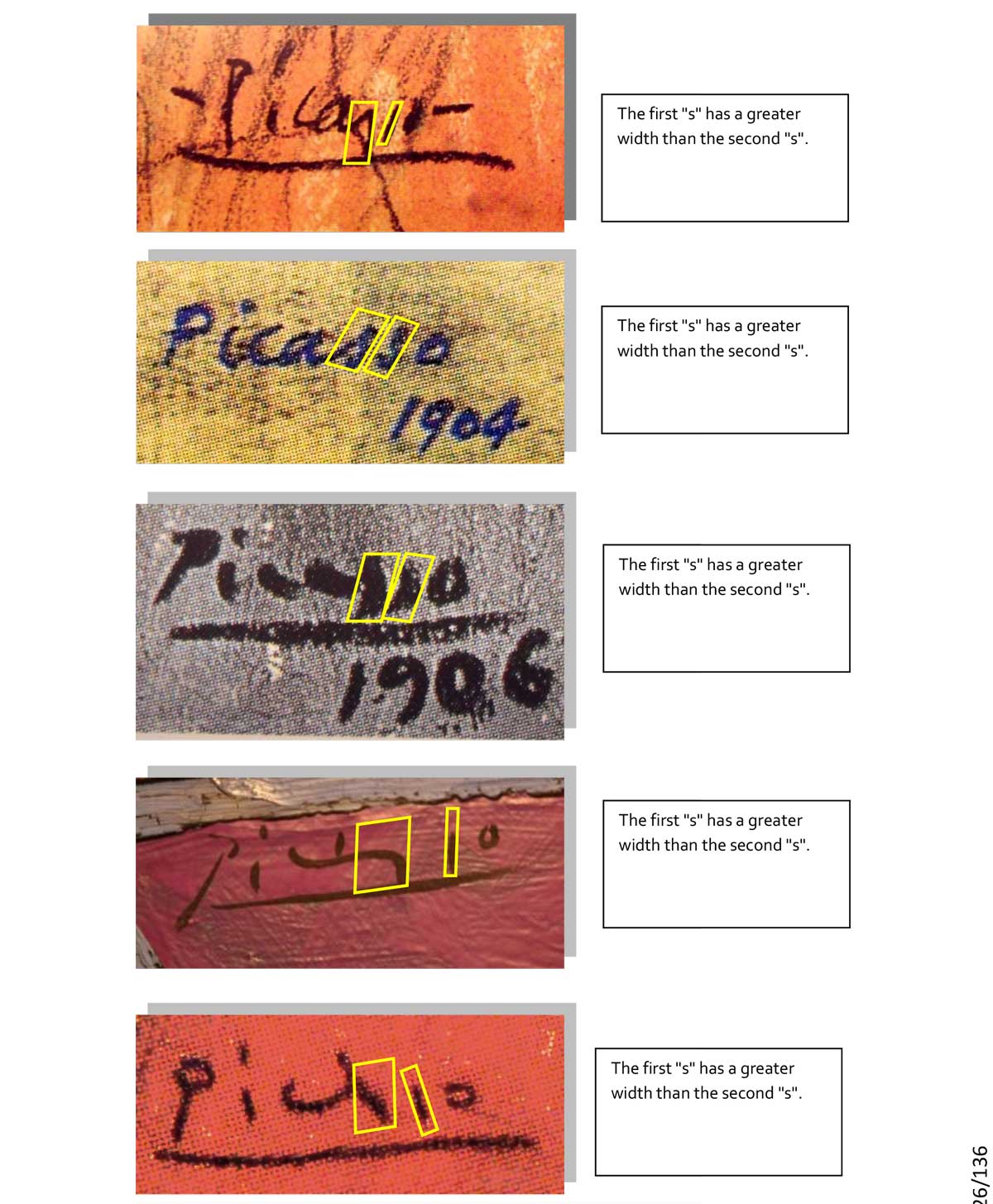
Image 2.9. Graphic phenomenon 2 in indubitable signatures

Image 2.10. Graphic phenomenon 2 in dubitable signature
In reference to the graphical phenomenon 2, the suspect signature presents a relation of widths of letters "s" similar to the phenomenon noticed in the indubitable ones, that is to say, the second "s" is narrower than the first "s", therefore, in reference to this factor there is coincidence.
Here is the third significant feature of the totality of studied indubitable signatures. This evidence corresponds to the layout morphology of the letter "o" of the surname Picasso. In all the studied signatures, the letter is made, beginning the stroke by the upper quadrants of the same and ending its perimeter, in the upper part of the grapheme.
From the above, it is possible to say that this trait is significant in the layout morphology of Pablo Picasso.
Next, the third graphical phenomenon will be exemplified in the 5 indubitable signatures that have been included in order in the present report, from pages 15 to 19. This phenomenon will be later contrasted with the dubitable signature, such that the degree of similarity.

Image 2.10. Graphic phenomenon 3 in indubitable signatures

Image 2.11. Graphic phenomenon 3 in indubitable signatures
In reference to the graphic phenomenon three, the studied signature presents the configuration of the letter "o", beginning with its upper quadrants and ending its perimeter by the upper part of the grapheme. Consequently, the dubitable signature is coincident with the authentic signatures of Picasso.
Here is the fourth significant feature of the totality of the studied indubitable signatures. This evidence corresponds to a relative dimension of tracing; specifically, to the spacing between graphemes "P", "i" and "c". Indeed, the morphokinetic imprint of Picasso's authentic signatures shows that the spacing between the letters "P" and "i" is usually greater than the spacing between the letters "i" and "c". This evidence is complemented by the occurrence in some signatures that have similar spacing between the "P", "i" and "c". Consequently, this graphical phenomenon considers an oscillatory spectrum ranging from the same type of spacing between the graphemes mentioned, until the space between the "P" and the "i" is greater to the content between the letters "i" and "c ".
From the above, it is possible to say that this trait is significant in the layout morphology of Pablo Picasso.
Next, the fourth graphic phenomenon will be exemplified in the 5 indubitable signatures that have been listed in order from pages 15 to 19. This phenomenon will be later contrasted with the dubitable signature, so that the degree of similarity is determined.
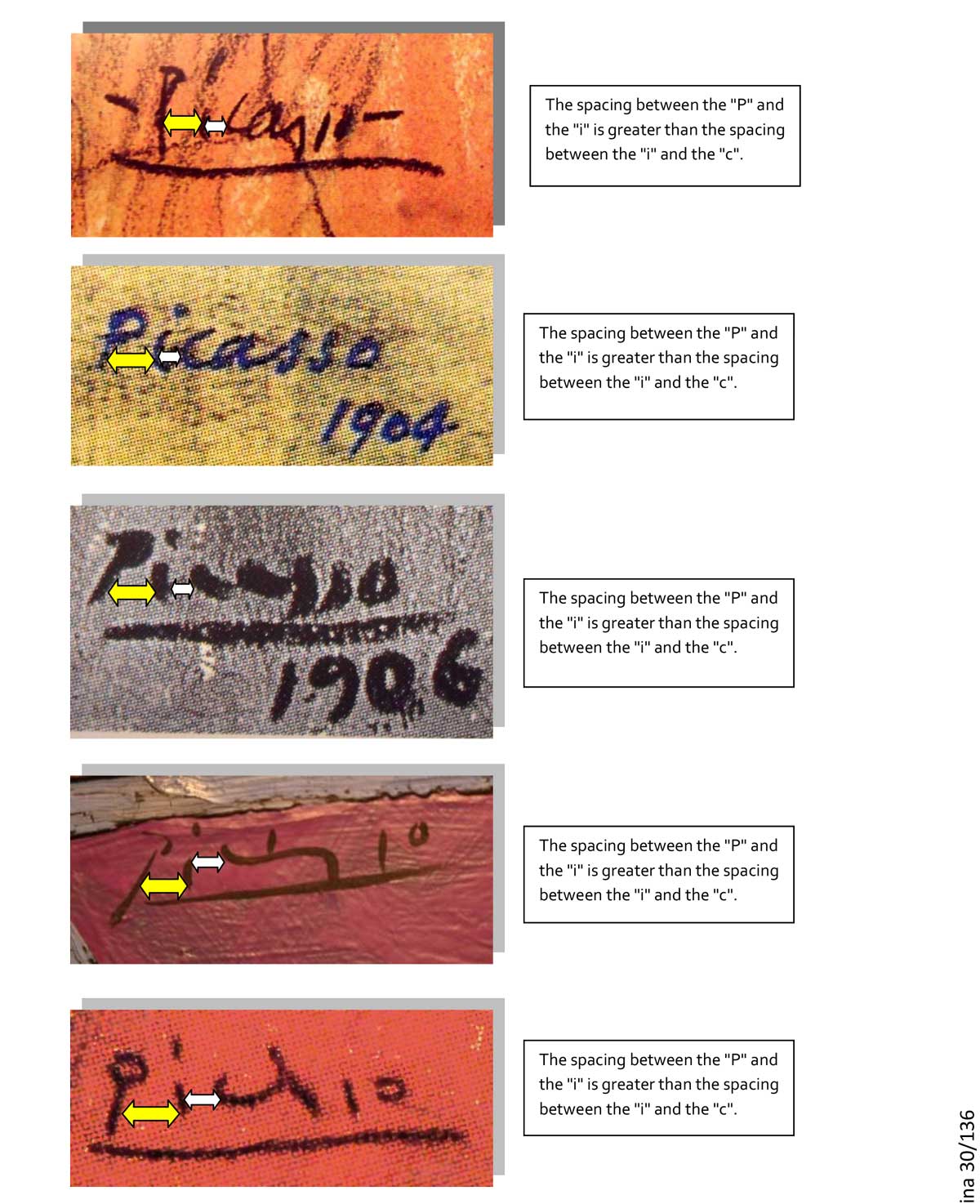
Image 2.12 Graphic phenomenon 4 in the indubitable signatures

Image 2.13. Graphic phenomenon 4 in the dubitable signature
In reference to the graphical phenomenon four, the suspect signature presents a greater spacing between the letters "P" and "i", than between the letters "i" and "c". Consequently, the dubitable signature is coincident with the authentic signatures of Picasso.
The following is the fifth significant feature of studied indubitable signatures. This evidence corresponds to the location of the rubric base in relation to the base of the letters "c" and "o". In fact, of the universe of analyzed Picasso signatures, there is a group that has baseline. Of that group, the line never touches the basilar limitation of the letters "c" and "or", simultaneously. This dimensional relationship occurs independently of the extension of the baseline and the oscillation of the basilar limitation of the complete signature.
From the above, it is possible to say that this trait is significant in the layout morphology of the signature of Pablo Picasso.
The fifth graphical phenomenon will then be shown in the 5 indubitable signatures that have been included in order in this report, from pages 15 to 19. This phenomenon will be later contrasted with the dubitable signature, so as to determine the degree of similarity .

Image 2.13. Graphic phenomenon 5 in the indubitable signatures

Image 2.14. Graphic phenomenon 5 in the dubitable signature
In reference to the graphical phenomenon five, the suspect signature is of the type that presents baseline and in this context, the base of the letters "c" and "or", do not touch the indicated line, which is manifested simultaneously and independently Of the extension of the line and of the oscillation of the basilar limitation of the complete firm. Consequently, the dubitable signature is coincident with the authentic signatures of Picasso.
|
Typification of graphic phenomena appeared in the indubitable signatures |
Presence of graphic phenomena in the dubitable signature |
|
| 1 |
It is characteristic of the author Picasso that the letter "s" is situated lower than the letter "o", however, there are some indubitable signatures in which the height of the basic constraints of the letter "s" and "o" coincide. |
Yes it presents |
| 2 |
All the indubitable signatures present the first letter "s" wider than the second letter. |
Yes it presents |
| 3 |
The letter "o" is made starting from the upper quadrants and ending in the upper part of the grapheme. |
Yes it presents |
| 4 |
The spacing between the "P" and the "i" is greater than the spacing between the "i" and the "c". |
Yes it presents |
| 5 |
The signature line never touches the letters "c" and "or", independent of the extension of the line and the oscillation of the basilar limitation of the complete signature. |
Yes it presents |
|
Total of similarity |
100% |
In the opinion of this expert, with the documents analyzed, by virtue of the data obtained and exposed, acting with objectivity and to the best of his knowledge, the following conclusion is established:
Morphokinetic technical arguments exist that allow to assert that the rubric stamped in the artistic work, synthetic collage, without name; is indeed the work of the Spanish painter and sculptor Pablo Ruiz Picasso.
Grounds of this conclusion are:
The MT © methodology requires an exhaustive selection of graphical phenomena of relatively immutable character in all the indubitable signatures that are available for study, that is, that the graphic evidences do not vary in their nature or are kept within a limited oscillatory spectrum, even if there are years of scriptural evolution that differentiates them.
In this research, 5 indubitable signatures have been collected, which are the succinct representation of 350 authentic signatures selected as samples, which have been executed between 1901 and 1968. This stretch of years shows that there is a difference of time that surpasses - in some cases - 60 years of graphic evolution, therefore, the mere existence of graphical indicators that surpass the impact of the years, are significant and conclusive in themselves, since, they have been able to remain stable , independent of the apparent form of each firm and its book development, which is subject to various exogenous and endogenous factors and to the change in the fine motor that happens over the years. In this sense, the 5 graphical factors have the highest weight of similarity, due to their relative immutability.
When we talk about relative immutability in this methodology, it is clear that the condition of "relative", is subject to the universe of 350 signature investigated of Picasso, which implies that on the basis of that number, is that immutability and not on the totality of the existing signatures of Picasso.
Complementarily, the graphic phenomena researched are under the arbitrariness of the relative dimensions of tracing, that is, proportions and dimensional relationships that the human eye fails to notice or imitate without evidence of malicious adulteration.
The dubitable signature has fulfilled fully and simultaneously with the five graphic phenomena declared in this report, which confirms the fact that the signature of the collage, collected the morphological characteristics necessary to assert morphokinetic similarity with the 350 indubitable signatures investigated, which shows correspondence and compatibility with the graphic identity seal of Pablo Ruiz Picasso.